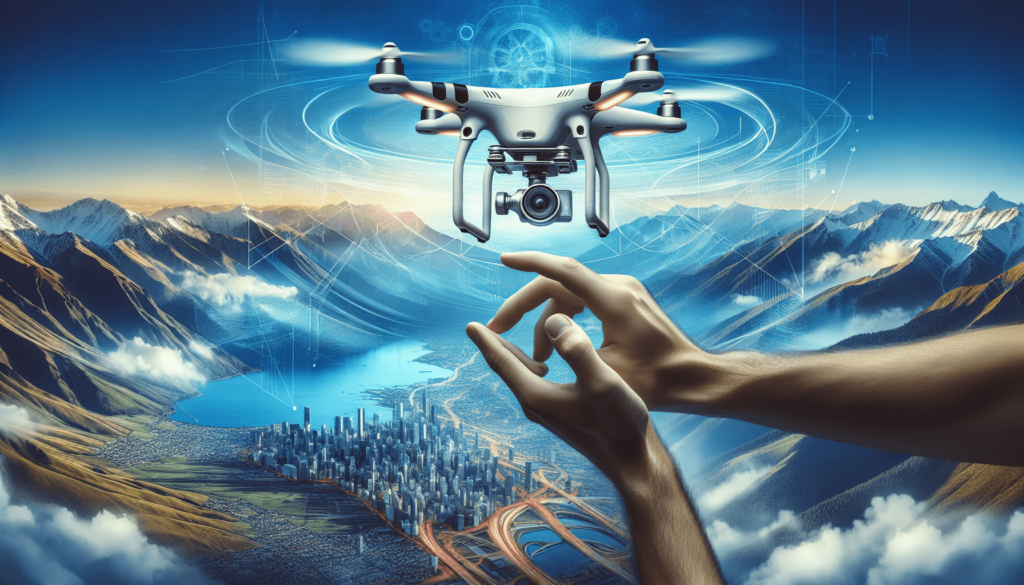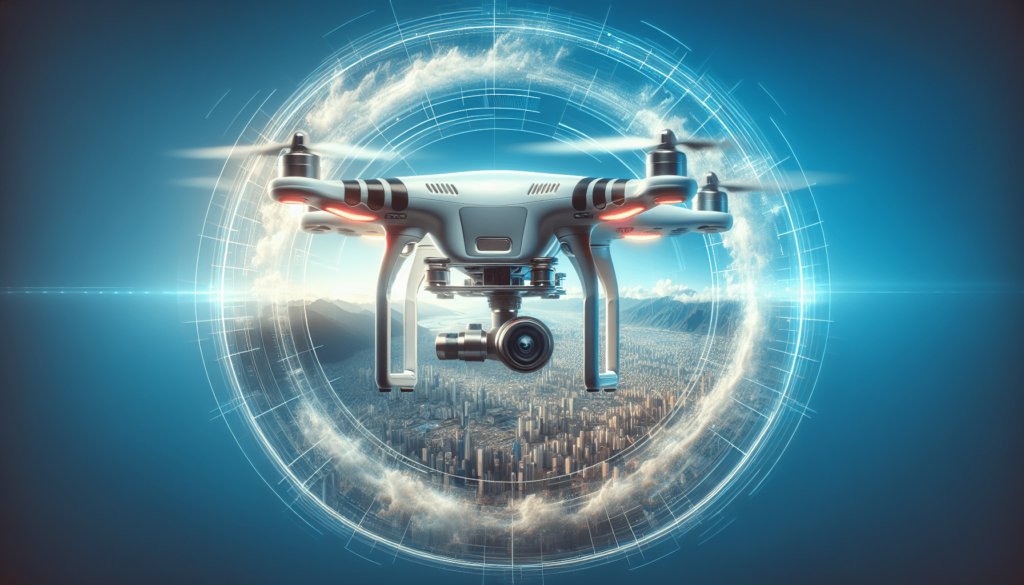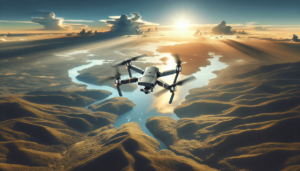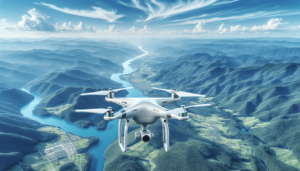Have you ever found yourself staring out of an airplane window and wondering how you might capture that stunning view in a photograph? Aerial photography, while it may seem like the domain of professional photographers with high-budget equipment, is actually accessible to all of us with a few simple techniques. It’s like the universe is inviting us to join an elite club populated by drones and way-too-expensive cameras. However, with some quick tips, even our smartphone can rise to the occasion. We’ll take a closer look at five methods to enhance our aerial photography skills. Who knows, maybe our Instagram grid will be the talk of the town!
Understanding the Basics: What Is Aerial Photography?
Before we jump into tips, let’s have a quick chat about what aerial photography really is. Think of it as taking photographs from a high vantage point, such as a mountain, an airplane, or, for the fancy among us, a drone. The aim is to capture images without being tied to the ground, getting a bird’s-eye view of the landscape below.
Why Does Aerial Photography Matter?
In essence, aerial photography allows us to see the world from a different perspective. It’s like getting new glasses but less itchy on the nose! It can provide unique angles and compositions not possible from the ground level, showcasing patterns, textures, and features that go unnoticed. Imagine the swirling patterns of a coffee stain but on a much grander—and cleaner—scale.
Tip 1: Choosing the Right Equipment
Ah, equipment. That magical word that can mean the difference between a snapshot and a masterpiece. Just like with cooking, where the right mixture of ingredients is crucial for a perfect dish, the right equipment can significantly enhance our aerial shot quality.
Cameras: To Drone or Not to Drone?
For those of us who believe in the power of flight without leaving the ground, drones are fantastic. These flying gadgets have become more accessible and are equipped with high-resolution cameras. They’re the flying carpets from those childhood stories, just a tad more tech-savvy and a lot less musical.
Not ready to splurge on a drone yet? No worries! Many cameras have telephoto lenses or wide-angle options, ideal for airplane window shots or panoramic views from high points.
Smartphones: The Pros and Cons
Having a camera in our pocket at all times is a modern-day miracle. While not as advanced as professional cameras or drones, smartphones have remarkably good cameras these days. The key is knowing how to use them effectively. We should try combining our phone photography skills with readily available editing apps for impressive results.
| Equipment Type | Advantages | Considerations |
|---|---|---|
| Drones | High-quality, unique angles, versatile | Expensive, requires open space, regulations |
| DSLR/Mirrorless Cameras | High resolution, lens flexibility | Bulky, longer setup |
| Smartphones | Convenient, immediate sharing options | Limited zoom and quality in low-light |

Tip 2: Keeping Things Steady
We love a rollercoaster as much as the next person, but when it comes to aerial photography, shaky isn’t the style we’re going for. To capture sharp, crystal-clear images, keeping the camera steady is essential.
Using a Gimbal
A gimbal is like those stabilizing wheels on children’s bikes, but for cameras. It helps steady our devices, especially when we’re trying to capture moving subjects or shooting from a less-than-stable platform (like a bumpy flight).
Built-in Stabilization
Our high-tech cameras might already come with stabilization features, making them the snug teddy bears of the camera world—they calm things down. It’s always a good idea to explore these settings or invest in apps that help reduce shake.
Tip 3: Timing Is Everything
Quick question: have you ever taken a photo that looked more “meh” than “wow”? The secret sauce, often, is timing. Specifically, the magic hours just after sunrise and just before sunset. Known as the “golden hours,” these times bathe everything in a warm, soft light making even a rubbish bin look romantically beautiful.
Harnessing the Golden Hours
During the golden hours, shadows are softer, and colors are more vivid. It’s nature’s way of throwing a Hollywood-style filter over everything, and who are we to argue? Planning our shoots during these times can naturally enhance the quality of our photos without resorting to excessive editing.
Cloud Coverage: Friend or Foe?
Clouds are the unsung heroes of dramatic aerial shots. They can add layers and depth to our images. However, too much cloud coverage can obscure our subject. So, a partly cloudy day might just be our best friend for dynamic aerial photography.

Tip 4: Mastering Composition
How do we arrange elements in our photograph to make it look like a mysterious landscape or vibrant cityscape? This art of composition is like organizing our wardrobe—a well-thought-out arrangement is key, but unlike our closets, there’s no risk of a shoe avalanche.
Rule of Thirds
Imagine dividing the image into nine equal segments with two horizontal and two vertical lines. Place the subject of our image along these lines or at their intersections. This gives a sense of balance and creates more engaging images.
Leading Lines and Patterns
Leading lines are those nifty little things that draw our eye through the image, like railroad tracks disappearing into the distance. Patterns and symmetry, on the other hand, offer a satisfying repeat of visual elements. They help create rhythm in our compositions that even the most monotonous subjects can’t resist dancing to.
Tip 5: Post-Processing Like a Pro
At this stage, our raw shots can feel like rough diamonds needing a little polish to truly shine. Post-processing isn’t about distorting reality but enhancing what’s already there. It’s like adding just a sprinkle of salt to our favorite dish.
Basic Adjustments
Crop, rotate, and align our images to our heart’s content. Adjusting brightness, contrast, and saturation can make the hues in our images pop and provide more depth.
Advanced Techniques
For those of us who want to go the extra mile, exploring more complex techniques, such as HDR processing and layering, can elevate our photos further. Several software options exist, ranging from beginner-friendly apps to professional-grade programs.
Recapping Our Journey
So, what have we learned on this photographic journey? Aerial photography is a blend of equipment, skill, good timing, composition, and a touch of post-production magic. Whether we’re wielding a smartphone or a high-end drone, these five tips can serve as our roadmap—or flight path—to stunning aerial images. As we capture scenes from heights, let’s remember it’s all about the perspective, the story behind the image, and, occasionally, a fortuitous cloud. With practice, our aerial photos will ensure that when people glimpse our work, their feet will feel as if they’re floating above the earth themselves.
![7 Essential Aerial Photography Tips For Beginners [2025]](https://droneaperture.com/wp-content/uploads/2025/01/7-essential-aerial-photography-tips-for-beginners-2025-1-300x171.png)

